History of astronomy
Dates of the course: 8 September 2025 to 15 December 2025
Teaching language(s): English
Credits: 3 ECTS
Contact: universeh.contact@univ-tlse3.fr
Universities involved:
- Université Paul Sabatier Toulouse III (UT3)
- University of Toulouse
- Luleå University of Technology
Profile and prerequisites: Bachelor’s or Master’s level / English level B2
- Bachelor's or Master’s level
- Course open to all interested students, as long as you are not afraid of basic mathematical considerations
- English level B2
Teaching modalities:
- On-campus OR
- Fully online:
- Synchronous lectures and support sessions conducted via Zoom. (Monday : 13h30-15h30)
- Asynchronous learning resources available for access at any time.
Student mobility: Optional (in December)
Assessment modalities:
- written report (45%)
- oral defence (30%)
- short assessments by LTU (25%)
This course is open to students from the seven universities and can be followed entirely online, with no requirement for physical mobility.
How to apply: Send your CV and a letter of motivation to universeh.contact@univ-tlse3.fr
An interview may be requested if deemed necessary.
Description:
This is a project-base course in which students put themselves in the position of ancient astronomers and try to develop their own mathematical models in order to predict the position of one of the five planets that can be observed with the naked eye.The main goal of the course is for students to experiment the scientific method: confronting tough questions, making small but incremental progress and taking advantage of feedback.
The historical field will be the students’ playground. The first courses will explain some of the ancients findings on mathematical astronomy such as the neo-babylonians’ zig-zag functions and Ptolemy’s geometrical models. Then students will choose one planet, one location, and one period of time and will produce their own models and confront them to the real motions of the planet using the Stellarium software.
The range of the historical discussion will go from the middle of the third millennium BP to Einstein’s breakthrough in the early twentieth century: the questions of the ancient astronomers may be seen as natural ones, their answers may be seen as cultural ones, but what is really at stake in this course is about the search for understanding what might not be understood and the long term process of mankind trying to figure it out.
Lecturers:
- Guillaume Loizelet
- Hamam Mokayed
Objectives: The aim is to broaden cognitive horizons and boldly cross the boundaries of modern science by: challenging
the status quo, cultivating curiosity and asking non-standard questions. Both parts relate to cognition of animate
and inanimate processes, which together make up the whole universe.

